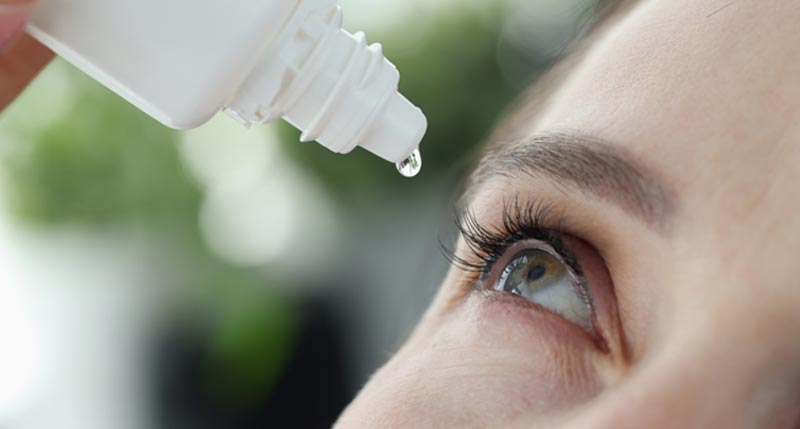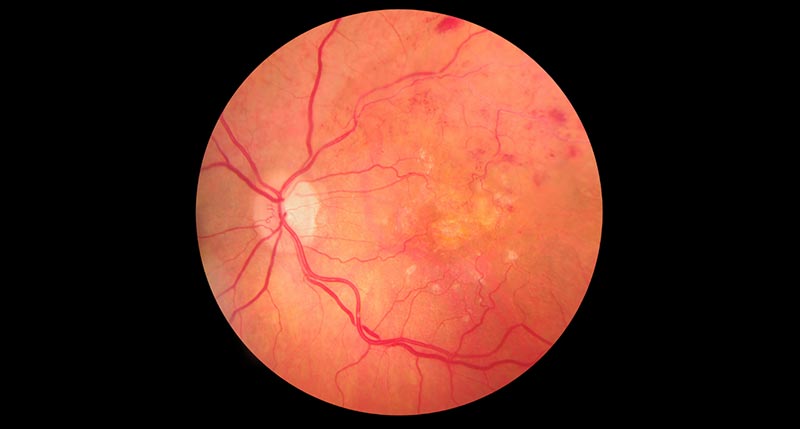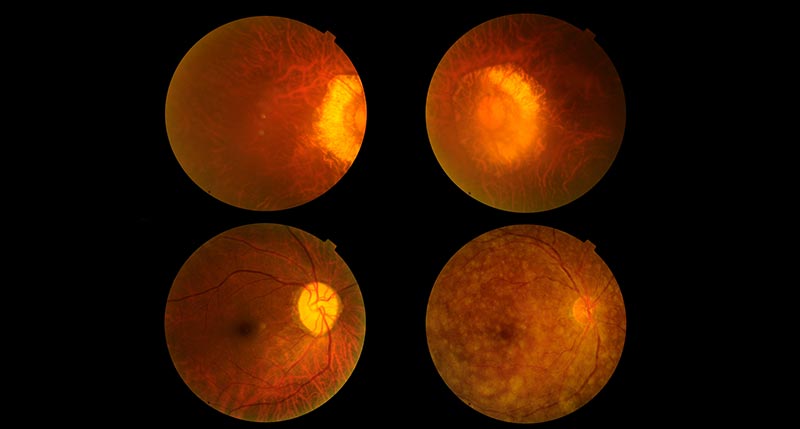When it comes to eye drops, the “blink” of an eye is the problem – right? It sounds easy enough, but it’s not always as simple as following the recommended steps: Tilt your head back, look up, open your eye wide, and squeeze one tiny drop from the bottle into your eye. And voila — it’s done!
Knowing how to administer eye drops properly is a life skill that takes practice. Eye drops are often used to treat ocular ailments and diseases. You may use them to moisturize your eyes, relieve redness and irritation, or treat eye conditions, including glaucoma, pink eye, allergies, dry eye, or eye infections. Improper use of eye drops may lead to insufficient treatment, so it’s important to learn how to use them effectively.
About 20% of people have difficulty putting drops into their eyes because of fear, tremors, poor vision, poor circulation, or problems with the eye-hand coordination necessary to dispense them. Some people may even need assistance from a friend or family member.
No matter your situation, the following tips will help improve your eye drop skill level. We also offer some reminders for using eye drops correctly.
Before You Eye-Drop: Be Prepared
First, read the instructions on the box or bottle carefully to double-check the correct number of drops. Also, check the expiration date, and do not use expired medication.
Pro tip: Consider refrigerating your eye drops, which will enable you to “feel” the cool drop as it makes contact with your eye — confirmation that your eye drop hit its intended target.
Commercially produced eye drop containers vary in size and shape. They typically deliver a drop larger than your eye can contain, so a small amount may spill over onto your cheek even after a triumphant eye drop moment. Also, some containers may be more challenging to squeeze than others, so be careful to deliver only the recommended number of drops per eye.
If your optometrist prescribed more than one type of drop, wait at least 5 minutes between applications of different drops. Using a second type of eye medication immediately after the first may wash out the first eye drop, and reduce the efficacy of both.
If you wear contact lenses, don’t use over-the-counter drops for dry eyes without consulting your optometrist. You need specific formulations without preservatives that won’t cause problems or damage your contacts. One size does not fit all where eye drops are concerned!
Now that you’re prepared, let’s dive into how to eye-drop properly.
Tip 1: Wash Those Hands
Your hands are a playground for microorganisms, which can transfer bacteria or viruses to your eyes, potentially causing an eye infection. Nobody wants that! So, soap up those hands, rinse them and dry with a clean towel — then use that towel to turn off the faucet. Remove all eye makeup before using eye drops, and if you wear contact lenses, take them out.
Tip 2: Master the Technique
Either sit or lie down flat to help you remain steady as you squeeze a droplet into your eye. You don’t want to risk losing your balance and stumbling backward while standing! That could cause you to injure your eye with the application tip of the bottle.
Lightly shake the bottle and remove the cap. With your index finger, gently pull your lower lid down to form a pocket. With the other hand, hold the bottle upside down about an inch over your eye and aim for the outer corner of the eye. Look up toward the ceiling and squeeze the bottle, being careful not to touch the eye with the tip.
Blinking is a natural response when something is coming towards your eye, so practice makes all the difference. Give yourself time to master the technique. Don’t get discouraged if you initially struggle or miss a drop.
Tip 3: Prevent Blinking and Overflow
Because excessive blinking can cause problems with absorption, leave your eyelid closed for 30 seconds to two minutes after administering the eye drop. Place your finger lightly on your tear duct (at the inner corner of your eye). That will keep the eye drop from draining into your nose and allow for more complete absorption of the drop on the surface of the eye.
Tip 4: Use Drops Only as Prescribed
Your optometrist has prescribed your drops to be used as directed. Don’t stop using prescription drops simply because your eye feels better, and don’t use more than is recommended on the label. More is not better! Stopping use before the recommended length of time may cause your eye problem to return.
Similarly, if you develop a new eye problem, don’t self-medicate with old leftover eye drops in the medicine cabinet. See your eye doctor for a diagnosis.
Remember, some eye drops that treat ocular diseases like glaucoma can save your vision. If you don’t use them correctly, it could adversely affect your ability to see. Other eye drops treat infections or protect your eyes from vision loss. Still others treat conditions such as dry eye and help your eyes feel more lubricated and less irritated.
Mastering the eye drop technique is not always easy, but with practice, you can become a pro!
If you are experiencing an eye disease, infection, or condition, consult your optometrist for an evaluation and follow their instructions for eye drop use. We’ll do everything we can to make sure you’ll be feeling better in “the blink of an eye!”





